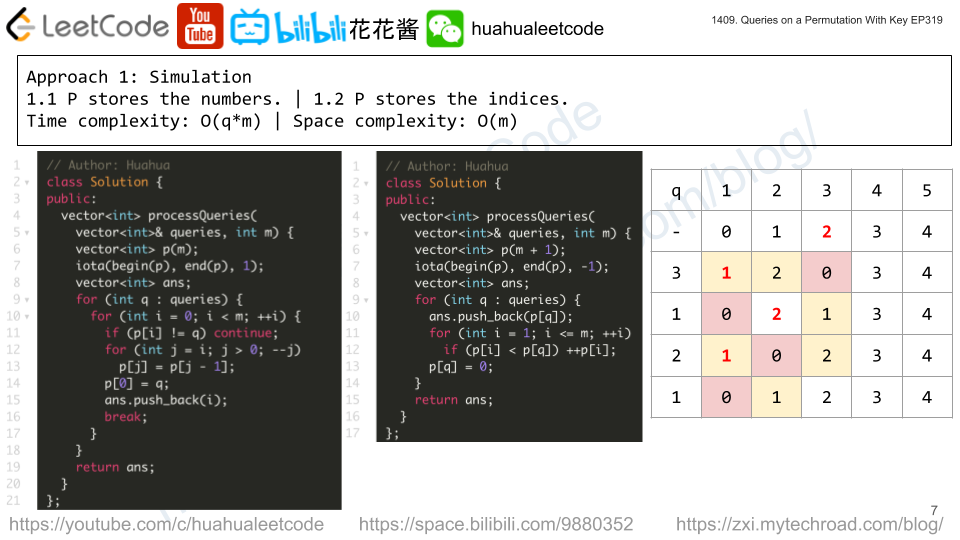Given an array target and an integer n. In each iteration, you will read a number from list = {1,2,3..., n}.
Build the target array using the following operations:
- Push: Read a new element from the beginning
list, and push it in the array. - Pop: delete the last element of the array.
- If the target array is already built, stop reading more elements.
You are guaranteed that the target array is strictly increasing, only containing numbers between 1 to n inclusive.
Return the operations to build the target array.
You are guaranteed that the answer is unique.
Example 1:
Input: target = [1,3], n = 3 Output: ["Push","Push","Pop","Push"] Explanation: Read number 1 and automatically push in the array -> [1] Read number 2 and automatically push in the array then Pop it -> [1] Read number 3 and automatically push in the array -> [1,3]
Example 2:
Input: target = [1,2,3], n = 3 Output: ["Push","Push","Push"]
Example 3:
Input: target = [1,2], n = 4 Output: ["Push","Push"] Explanation: You only need to read the first 2 numbers and stop.
Example 4:
Input: target = [2,3,4], n = 4 Output: ["Push","Pop","Push","Push","Push"]
Constraints:
1 <= target.length <= 1001 <= target[i] <= 1001 <= n <= 100targetis strictly increasing.
Solution: Simulation
For each number in target, keep discarding i if i != num by “Push” + “Pop”, until i == num. One more “Push”.
Time complexity: O(n)
Space complexity: O(n) or O(1) w/o output.
C++
|
1 2 3 4 5 6 7 8 9 10 11 12 13 14 15 16 17 18 |
// Author: Huahua class Solution { public: vector<string> buildArray(vector<int>& target, int n) { vector<string> ans; int i = 1; for (int num : target) { while (i != num) { ans.push_back("Push"); ans.push_back("Pop"); ++i; } ans.push_back("Push"); ++i; } return ans; } }; |

